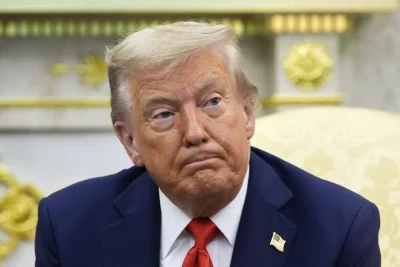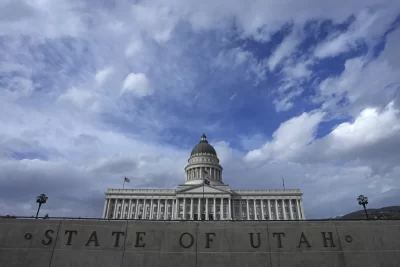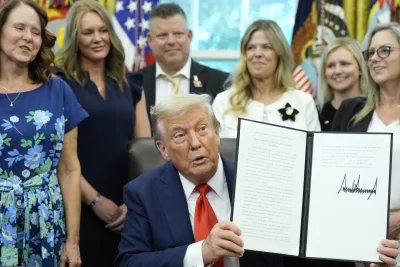
NEW YORK — As the trade wars launched by U.S. President Donald Trump continue to escalate, all eyes are on Wednesday. Trump has repeatedly called April 2 “Liberation Day,” with promises to roll out a set of tariffs, or taxes on imports from other countries, that he says will free the U.S. from a reliance on foreign goods. To do this, Trump has said he’ll impose “reciprocal” tariffs to match the duties that other countries charge on U.S. products.
But a lot remains unknown about how these levies will actually be implemented. White House press secretary Karoline Leavitt said Monday that Trump would unveil his plans to place reciprocal tariffs on nearly all American trading partners on Wednesday, but maintained that the details are up to the president to announce.
Since taking office just months ago, Trump has proven to be aggressive with tariff threats, all while creating a sense of whiplash through on-again, off-again trade actions. And it’s possible that we’ll see more delays or confusion this week.
Trump has argued that tariffs protect U.S. industries from unfair foreign competition, raise money for the federal government and provide leverage to demand concessions from other countries. But economists stress that broad tariffs at the rates suggested by Trump could backfire.
Tariffs typically trickle down to the consumer through higher prices — and businesses worldwide also have a lot to lose if their costs rise and their sales fall. Import taxes already in effect, coupled with uncertainty around future trade actions and possible retaliations, have already roiled financial markets and lowered consumer confidence while enveloping many with questions that could delay hiring and investment.
What will happen on April 2?
Details around Trump’s plans remain uncertain. Reciprocal tariffs could take the form of product-by-product duties, for example, or broader “averages” imposed across all goods from each country — or perhaps something else entirely. The rates could reflect what other countries charge as well as their value added taxes and subsidies to domestic companies. White House trade adviser Peter Navarro told “Fox News Sunday” that the tariffs could raise $600 billion annually, which would imply an average rate of 20%.
Trump has talked about taxing the European Union, South Korea, Brazil and India, among other countries, through these levies. On Monday, Leavitt said Trump had been presented with several proposals by his advisers. She added that the president would make a final decision, but right now was not contemplating any country-wide exemptions from the tariffs.
Previously-delayed import taxes could take effect very soon. Trump’s month-long delay for many goods from Canada and Mexico, for example, is set to elapse in early April. Earlier this month, Trump wrote on his social media platform Truth Social that the extension granted for Mexican imports covered by the U.S.-Mexico-Canada Agreement runs through April 2. But further confirmation around a specific date has not been issued since.



